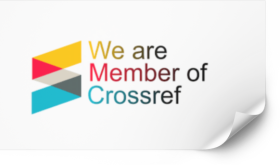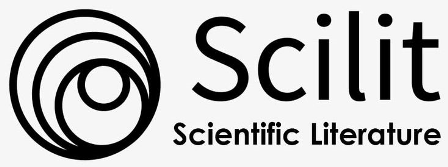Information For Authors
Thinking of contributing to our journal?
Before you dive in, we recommend checking out the "About the Journal" page to understand the specific policies for each section. Additionally, be sure to review the Author Guidelines for detailed submission instructions.



